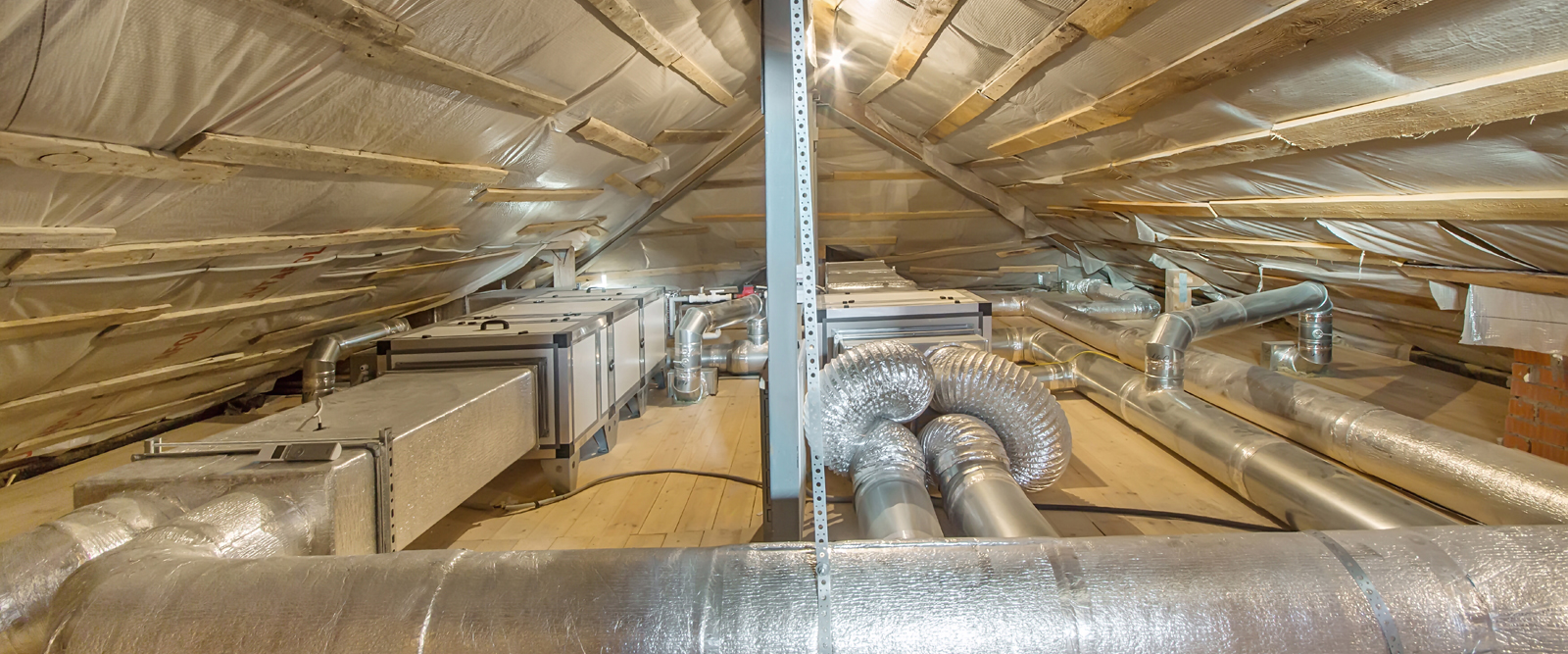Home Insulation Installation: What you need to know about attic insulation
Three major purposes for home insulation:
- Thermal barrier. Most people understand insulation makes our homes warmer in the winter and cooler in the summer, but perhaps you don’t know how insulation works. On a kitchen stove, you watch heat transfer through various materials to accomplish the task of food preparation.Just as the heat transfers from the pan to the food, heat also transfers through the air. Insulation provides a barrier to slow this transfer of heat, and since heat always moves toward cold, insulation helps keep warm air on one side and cold air on the other.
- Noise barrier. Noise also travels through air, so insulation acts as a barrier to slow the transfer of noise. Traffic noise is reduced in a well-insulated home and your neighbors can’t hear you snore at night.
- Moisture barrier. If you take an ice-cold drink beside the pool on a summer day, condensation will form on the sides of the glass. The same condensation will happen on walls and ceilings in uninsulated buildings with an HVAC system.Surface treatments, such as paint or wallpaper, will deteriorate and crack because of the moisture, and mold can develop.
Building codes have been around in the United States since 1625, but it was not until 1980 that codes required insulation in residential homes. Government standards developed an insulation measurement—you will see R-Value displayed on insulation products. The higher the R-Value, the better.
Common residential insulation materials
Four materials are common used in the United States for Home Insulation Installation.
- Spray foam insulation has the highest R-Value of commonly used materials but is also the most expensive option. Because of the difficulty of the installation, spray foam is usually reserved for new construction or major remodels.
- Cellulose insulation is made from recycled paper, can be sprayed or blown, and is has a high R-Value. It is gaining popularity and is moderately priced.
- Blown fiberglass is the most commonly used home attic insulation installation with a good R-Value and is the most affordable attic insulation option. Blowing a blanket of insulation is the preferred method because it fills gaps well.
- Fiberglass batt insulation in the attic is an older method of installation. Since gaps can develop, it is slightly less efficient, although it has specialty applications.
How much insulation do you need?
Building codes in Texas set the R-Value standard in attics at R-30. That requires 10.25” of blown fiberglass or 14” of fiberglass batt. Understand that the building code is the minimum standard. A higher R-Value in the attic can improve energy efficiency by 15 to 20%.
Blown insulation can be installed over the top of existing attic insulation and improves the efficiency of the insulation blanket.
Can I DIY my Home Insulation Installation?
Insulation installation should be timed properly; attics in the summer get extremely hot. Attics can also be very confining and the materials will irate your skin and respiratory system if you do not take precautions.
If you want the benefits of increased attic insulation but are not sure you want to take on the Home Insulation Installation task, call Doctor Cool for an estimate and schedule.
Have Questions About Home Insulation Installation?
Doctor Cool and Professor Heat are independent American Standard dealers with over four decades of Home Insulation Installation, HVAC Air Filter, HVAC maintenance, Carbon Monoxide Monitors, and furnace repair installation and repair experience.
We are a NATE (North American Technician Excellence) Quality Circle AC contractor, meaning many of our technicians maintain NATE certification. Few companies hold this kind of credibility but, NO company matches our recognition from the BBB as an Awards of Excellence winner FOR FOURTEEN YEARS in a row!
Call Doctor Cool & Professor Heat today at 281-338-8751 or email Doctor Cool. The longer you ignore or put off making the call, the longer it will be before you improve your indoor air quality.

